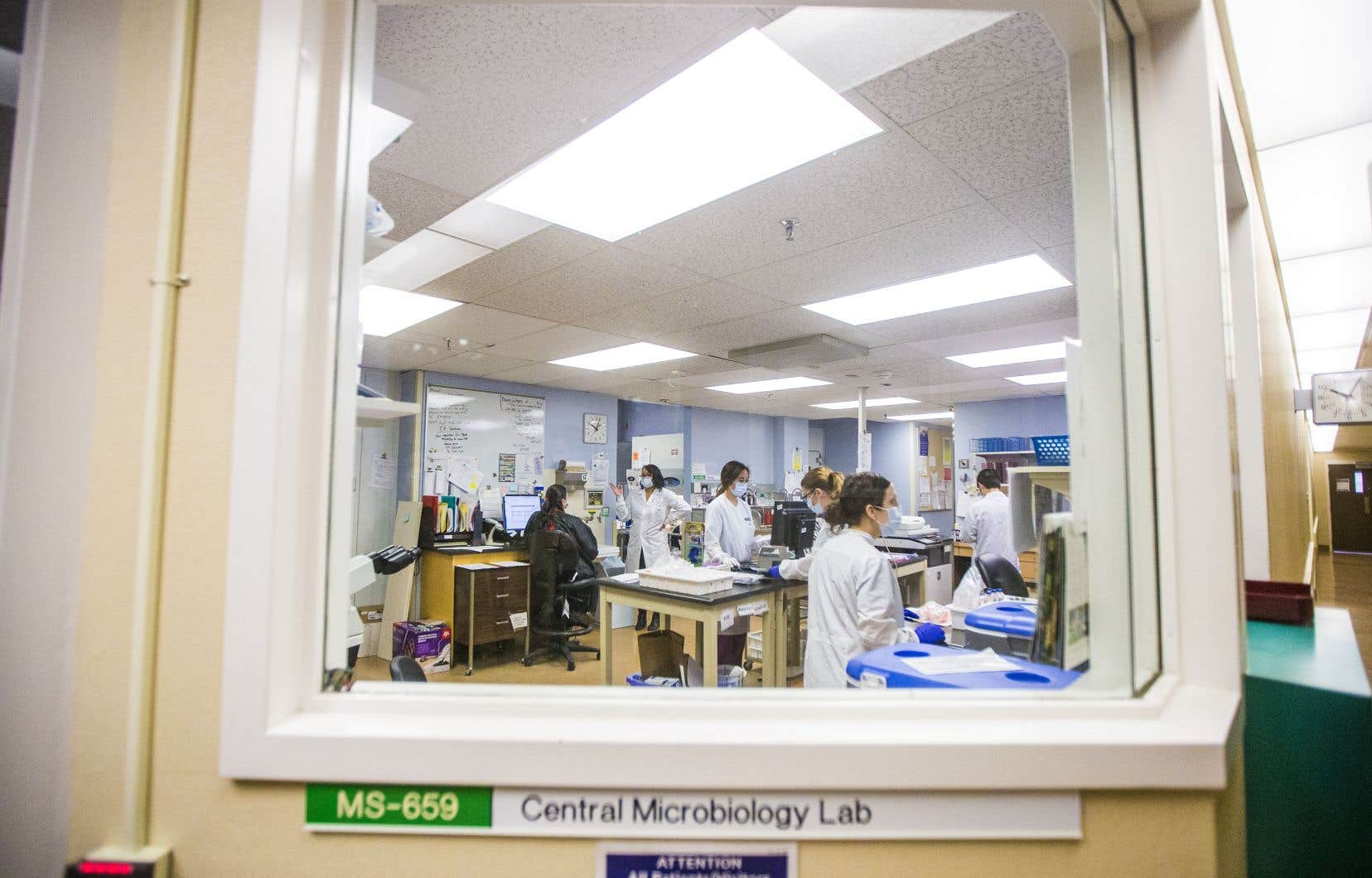Federal officials were wary of creating a chill within ethnic communities and disrupting Canada’s bilateral relations when drafting next steps to secure vital scientific research, according to internal documents.
The federal government has been working for months to prepare a list of sensitive research areas as well as the names of laboratories and institutions considered to pose a risk to national security.
Officials are expected to provide a detailed update on this delicate process during a briefing on Tuesday.
The announcement builds on a February 14, 2023 federal declaration that research in sensitive areas will not be funded if any of the researchers are affiliated with a university, research institute or laboratory attached to a military organization or to a national defense or state security agency of a foreign state actor that is considered to pose a risk to Canada.
Ottawa is concerned that countries like China and Russia are determined to get their hands on sensitive Canadian research and intellectual property by partnering on projects with academics in Canada.
Innovation, Science and Economic Development Canada has developed a framework for the implementation of the February 2023 statement, in coordination with security agencies and in consultation with the research community.
An internal Public Safety Canada memo, obtained through the Access to Information Act, indicates that researchers could only be eligible for federal grants if they were affiliated with an institution on the list and worked in a area deemed sensitive.
The memo, written in mid-2023, indicates that the list of laboratories and research institutes “should be considered non-exhaustive”, and constantly evolving in order to deal with emerging threats. For example, an expected update would “present a more comprehensive assessment of Russian institutions that are still being evaluated.”
A May 2023 briefing presentation to deputy ministers, also made public under the Access to Information Act, indicated that Public Safety Canada had identified 11 sensitive technology areas which were divided into subcategories .
A complementary list of research laboratories and academic institutions designated as risks would be based on a set of criteria being developed by national security agencies.
Officials envisioned that researchers applying for grants would be required to attest to any affiliations, and that validation would need to be done by granting agencies and security officials.
Researchers need to be informed about this implementation, and it must be “proportionate and not inappropriately limiting academic freedom”, the briefing documents state. “Strong concern about a chill within the research community (e.g. ethnic communities could be targeted). Carefully considered messaging will be needed to mitigate this risk. »
The documents added that classifying specific institutions as risks “will impact Canada’s bilateral relations” and could be seen as a move away from a “country and company agnostic” approach that avoids stigmatizing the communities.
The documents say federal officials wanted the procedures to reflect “an anti-racist lens” that would promote “inclusive environments and target only threats, not groups of people.”
The internal memos also flagged a possible dilemma for some researchers between direct funding from foreign sources or the Canadian government. “Stakeholders have called for more federal funding for sensitive research areas to alleviate this problem. »
Ultimately, the notes suggest, officials hoped the system would balance open science and security by targeting the highest risks while still allowing research to progress.
